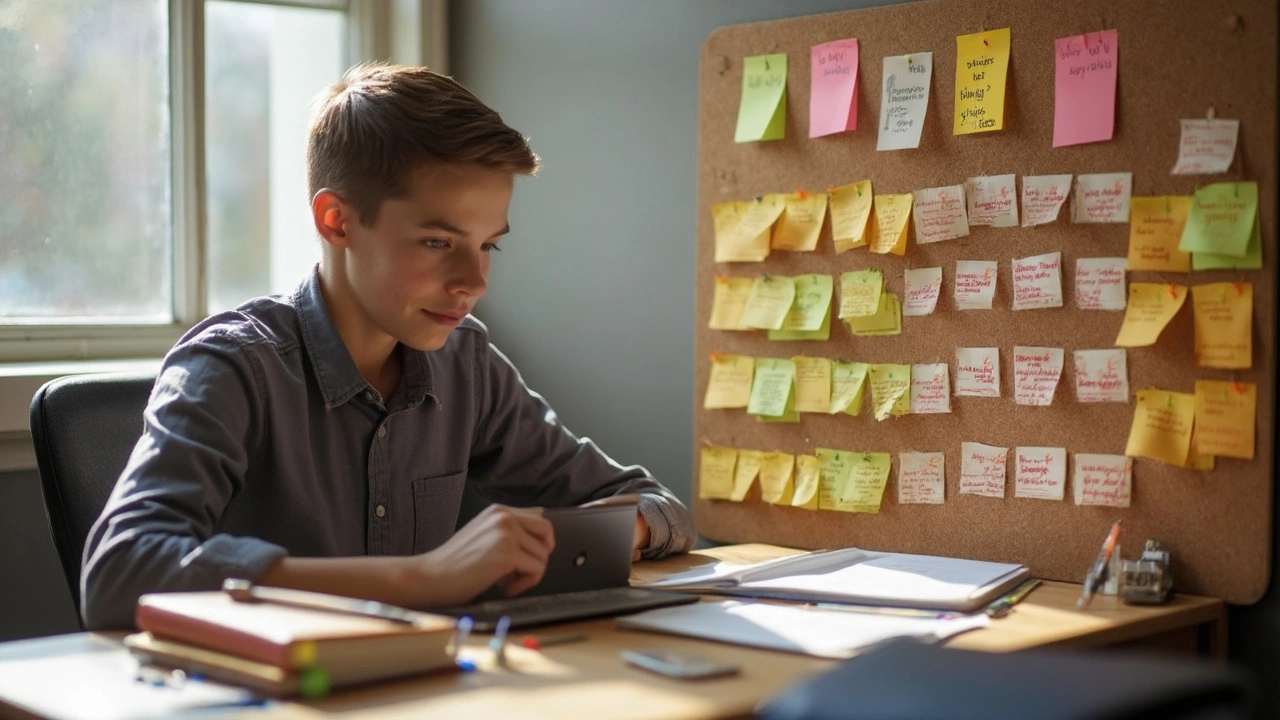Effective Learning: Simple Strategies That Really Work
Ever feel like you’re putting in effort but not seeing results? You’re not alone. Whether you’re a parent helping a preschooler, a teacher planning a class, or an adult studying for a new skill, the right approach can make a huge difference. Below are down‑to‑earth ideas you can start using right now.
Build a Learning‑Friendly Environment
The space where learning happens matters more than you think. For little ones, a tidy corner with a few good books, colourful blocks, and a low table invites curiosity. For adults, a clutter‑free desk, good lighting, and a quiet background keep distractions at bay. Try to keep the area consistent so the brain starts to associate that spot with focus.
Routine is another secret weapon. Set a regular time for learning—maybe after breakfast for kids or after work for adults. When the brain knows when to expect study time, it gets into “ready mode” faster. Keep the sessions short at first (15‑20 minutes for toddlers, 30‑45 minutes for grown‑ups) and gradually lengthen them as stamina improves.
Adopt Active Learning Techniques
Passive reading or listening rarely sticks. Turn information into a game, a story, or a hands‑on activity. For preschoolers, that could mean sorting objects by color while naming each hue. For teens or adults, use flashcards, teach the concept to a friend, or write a quick summary in your own words.
Ask questions constantly. Instead of just stating facts, prompt “What would happen if…?” or “Why do you think this works?” This habit forces the brain to connect dots rather than just store facts. Even a simple “Explain it back to me” after a short lesson boosts retention.
Mix up the senses. Kids love songs, movements, and tactile play, while adults benefit from diagrams, podcasts, and interactive quizzes. When you involve sight, sound, and touch, the brain creates multiple pathways for the same info, making recall easier later.
Don’t forget the power of short breaks. A five‑minute stretch or a quick walk after a focused sprint resets attention. The Pomodoro method—25 minutes of work, 5 minutes of rest—works well for many people. Use a timer, stick to it, and you’ll notice less fatigue.
Feedback loops close the learning loop. Celebrate tiny wins: a child mastering a new puzzle piece, or an adult nailing a practice problem. Positive reinforcement builds confidence, and confidence fuels more effort. When mistakes happen, treat them as clues, not failures. Ask, “What part was tricky?” and adjust the next attempt.
Finally, keep the purpose clear. Kids learn best when they see why a skill matters—like counting to buy a snack. Adults stay motivated when they link study to a real goal, such as a promotion or a personal project. Write that goal down and glance at it before each session.
Effective learning isn’t about magic tricks; it’s about setting the right scene, staying active, and giving yourself (or your child) the feedback and breaks needed to grow. Try a couple of these ideas today and watch the difference unfold.
1247 Rule of Studying: Study Hack Backed by Research
Discover the 1247 rule of studying, a practical method for better memory and efficient learning. Dive into tips, research, and step-by-step guides.
Mastering GCSE Revision with the 1/3, 5/7 Rule
The 1/3, 5/7 rule is an innovative approach that helps students optimize their study sessions for GCSE exams. By understanding this method, learners can balance review and rest, ultimately boosting retention and comprehension. This article explores how to implement the rule, its proven effectiveness, and offers practical tips for students. It's a game-changer for anyone looking to improve their study habits and exam performance.

